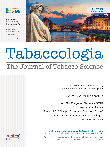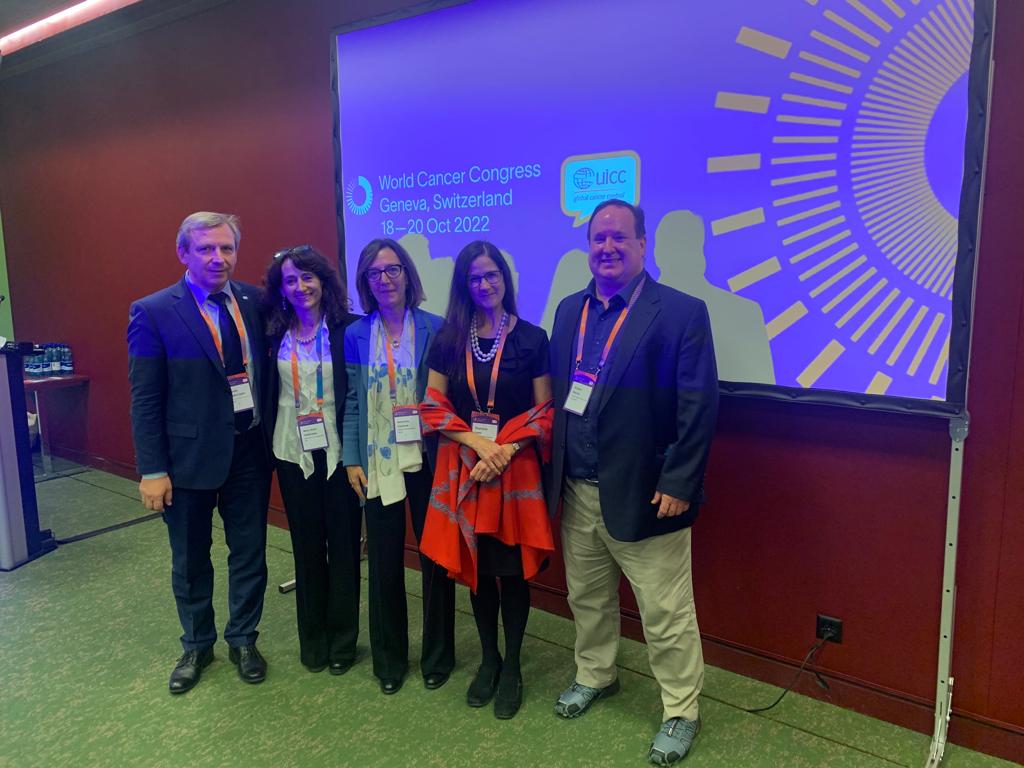|
Rassegna Stampa Scientifica Gennaio 2023
|
“[Hockey star Mike] Bossy’s cancer was already at Stage 4 (the worst) when he was diagnosed and he died six months later [at 65]… Bossy was a heavy smoker during his playing days with the [New York] Islanders, something that was common with pro athletes during the 1970s and ’80s. The Islanders actually had a “smoking section” in the corner of their locker room. [Montreal] Canadiens Hall of Famer Guy Lafleur was also a heavy smoker and he also died from lung cancer last April — seven days after Bossy — at age 70… “It’s not a patient’s fault,” said [medical oncologist Stephanie] Snow... “It’s the tobacco companies’ fault for creating such an addictive thing as the cigarette. We should never judge patients. All cancer patients deserve to be treated with compassion and with good care. Our lung cancer patients really do face a lot of this stigma and they internalize it … they feel a lot of guilt. We should treat them no differently than a patient with a different kind of cancer. We’re trying to remove that stigma.”” [Stu Cowan. Mike Bossy's family takes up battle against lung cancer, Montreal Gazette]
“R.J. Reynolds has wasted no time since California’s ban on flavored tobacco went into effect in late December. “California, We’ve Got You Covered,” the company declared in bold letters on a flier mailed to its cigarette customers. The law prohibits flavors, odors or “tastes” in tobacco products, including menthol cigarettes. But antismoking experts argue that R.J. Reynolds, the maker of Camel and Newport brands, is trying to circumvent the ban by luring smokers with a suite of what it says are new non-menthol versions offering “a taste that satisfies the senses” and “a new fresh twist.”… To public health authorities, the potential reduction in smoking rates from a menthol ban could extend the length and quality of millions of lives. To R.J. Reynolds and other tobacco companies, the loss of sales from menthol cigarettes could be financially damaging…
“Dr. Robert Jackler, a professor at Stanford Medicine who provided the ads to The New York Times, called the new marketing “outrageous.” “The thing that surprises me is there’s no camouflage,” said Dr. Jackler, who received the mailers along with staff members of Stanford’s program on tobacco advertising. “They’re saying, ‘This is our menthol replacement. And by the way — wink, wink — it is not really menthol.’” [Christina Jewett, Emily Baumgaertner. R.J. Reynolds Pivots to New Cigarette Pitches as Flavor Ban Takes Effect, NY Times. Note: Full text available upon request if paywalled. See also: HERE ARE THE DECEPTIVE WAYS CIGARETTE COMPANIES ARE GETTING AROUND CALIFORNIA’S FLAVORED TOBACCO BAN, L.A. Taco]
"E-cigarette use in children and young people is a new and serious public health challenge. A bold review of the regulation of e-cigarettes, making it similar to successful smoking legislation, may prevent a further rise in use among young people, many of whom would otherwise never have smoked. Measures that regard vaping in the same way as smoking should be supported, along with bans on flavourings and designs targeted at children and young people. Advertising for vaping products should be controlled in public places and across social media platforms... The current UK policy promotes vaping for smokers at the expense of the health of children and young people, who are now more likely to be exposed to a lifetime of inhaled nicotine and vape fluid. Without legislation similar to the tobacco control that led to reduced smoking rates over the past 50 years, harm among children and young people will only increase."
Editorials
Protecting children from harms of vaping
BMJ 2022;379:e073824 (Published 16 December 2022)
Kenneth Macleod, Andy Bush, Jonathan Coutts, Ross Langley
https://www.bmj.com/content/379/bmj-2022-073824






















